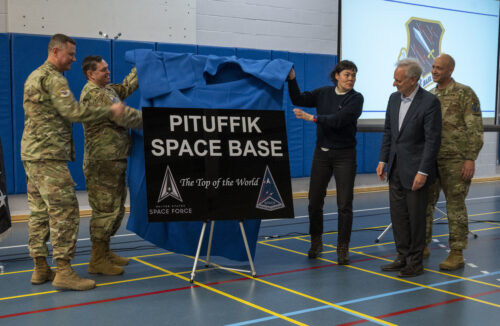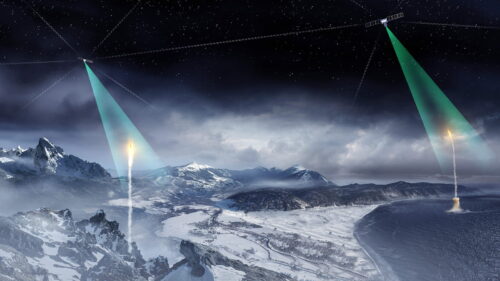In a significant move towards bolstering trilateral cooperation in the face of mounting military threats from North Korea. South Korea, the United States, and Japan have agreed to establish a system for sharing real-time missile warning data. The announcement, made on Jun. 3, marks a crucial step in enhancing regional security and deterring potential aggression.

By Missile Defense Agency, USA (www.mda.mil),first uploaded by Wikifreund, Germany [Public domain], via Wikimedia Commons
Continue reading “South Korea, U.S., and Japan unite to share real-time missile warning data”

